The Kazemaatenstraat is part of 70’s cycling legend. A condemned cul-de-sac in Ghent where penniless ‘Anglo’ cyclists could have a cheap roof over their heads as they pursued their (mostly lost) cause to make it big and become a ‘Kermis King.’
Our very own Viktor was one of the first, so too was Manchester’s Bernie Nolan, a contemporary of Vik’s who has kindly agreed to share a few reminiscences with us…
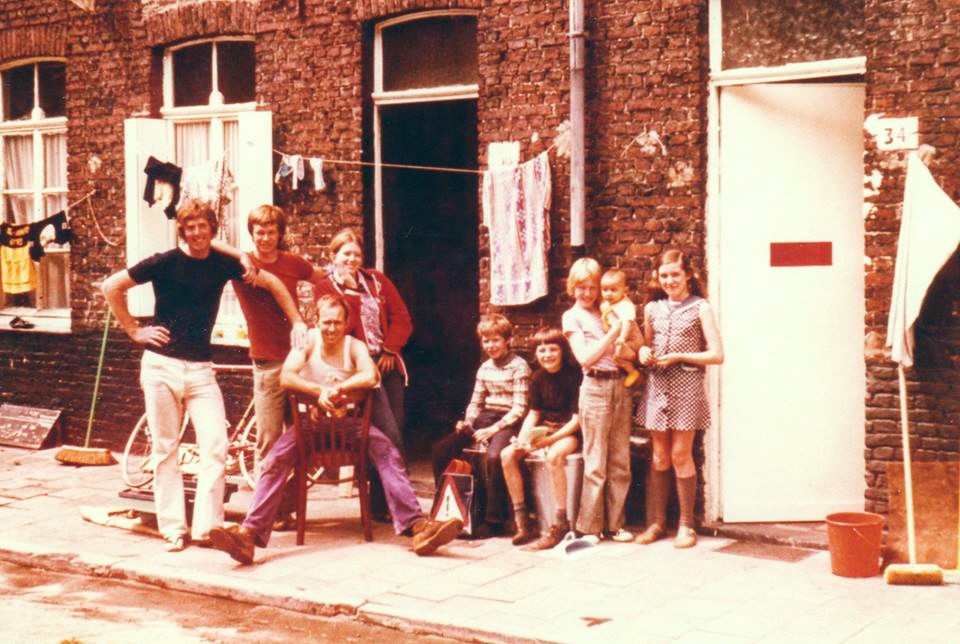
* * *
By Bernie Nolan
My first taste of racing in Belgium’s was in my 1967 summer holidays from the family business in Manchester.
A friend told me that you could race over there as a junior which I was, only that I’d have to ride with the seniors – why not?
Forever the optimist, I applied for an international racing Licence from the BCF and booked two weeks at the Velotel Tom Simpson owned by Tom and the Internationally renowned (in my eyes) man of cycling Albert Beurick, or ‘Fat Albert’ as he was known.
I set off by train, boat and bike to Ghent, the whole trip was so exotic to me at that time.
Even though I was still only a junior, I had thoughts like ‘I may get spotted by a team like Peugeot and not have to return at all?’
I was to be brought down to earth with a considerable bang.
First things first though; Albert and the Velotel were actually quite nice, he was full of cycling stories of my hero Tom Simpson.
Tom had died in the Tour de France only a few months previous.
Looking back it was all very raw.
There were two other cyclists staying there, a South African called Danny Brink and another English guy whose name I can’t remember.
These two guys set about explaining most of what they knew about racing in Belgium.
The next day we set off for the ride to Roger De Vlaeminck’s home town of Eekloo, where my first venture into racing on the continent came about.
We signed on at a café, putting down a small deposit for our number, I remember thinking what a significant moment this was when handing over my licence to the official.
I seem to remember him raising his eyebrow, and mumbling something about another ‘Onglesman.’
We then changed in someone’s back yard and left our stuff with a total stranger, I just couldn’t wait to get started.
The race was to be a 100 kilometres kermis on an eight kilometre circuit.
There were about 120 riders – all of whom looked a lot harder than me.
Then the race began, I remember being out of breath in the first kilometre.
Shit – this was hard!
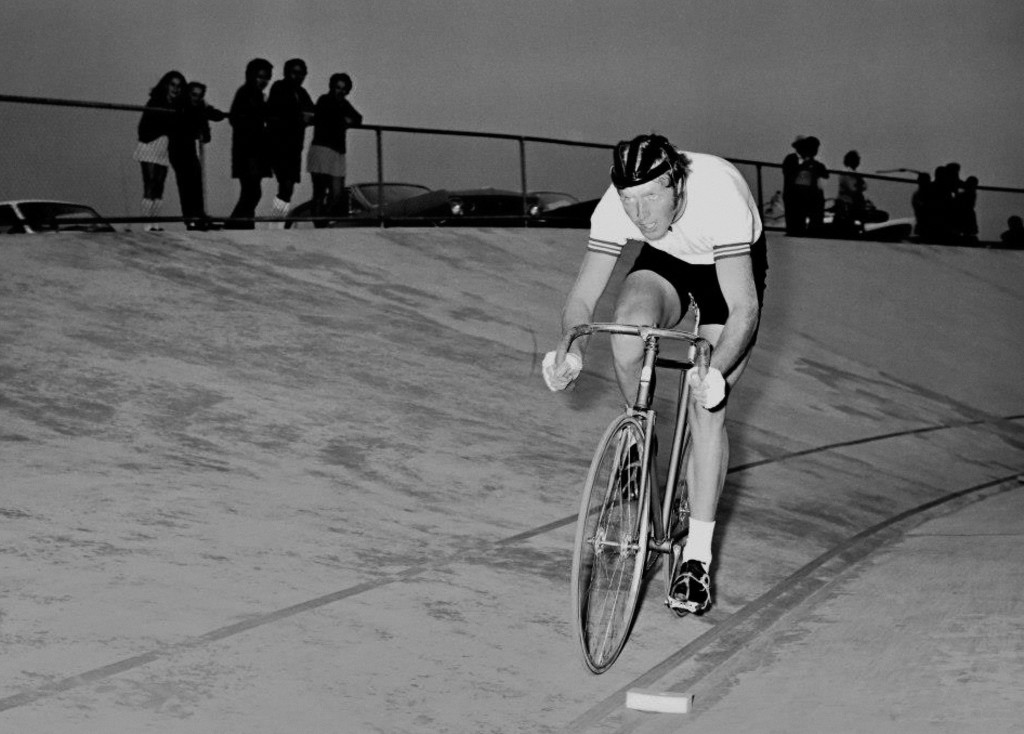
In the UK at that time races started off at a sedate pace, and we gradually ramped up the pace.
Not here, it was all; ‘wham bam thank you maam!’
I remember thinking after three kilometres; ‘at least I’m still here.‘
Then came the first cobbled section; ‘Holy Mary, what’s this?‘ I thought to myself.
Everything, including my back was vibrating – you learn to ride with an open mouth so you don’t crack your teeth.
But after three laps I wasn’t only still there I was actually near the front.
What I didn’t know was that the race had split in half, I was actually at the front of the back group.
Many riders were dropping out as prizes were for the first 20 and about 35 had gone up the road.
I rode another two laps and abandoned; ‘I’m not riding for nothing…‘
That was it, my first race was over.
But I consoled myself; ‘I’m only a junior.’
I stayed to watch the race and remember seeing the guy that won it, by about 30 secs, on his own.
He was a bit of an animal, he seemed to have a ‘glow’ about him – and didn’t seem that tired for such an effort.
‘This is how good I have to be then?’
We rode back to the Velotel for the evening meal.
The meals were good but in those days I was always hungry.
We knew very little about nutrition, or training for that matter, I think it was all about enthusiasm from my part.
* * *
I was at the Velotel just after the late Graham Webb of England won the Amateur Worlds in The Netherlands.
Albert had gone up to the worlds and surprisingly came back to the Velotel with said Mr. Webb.
He then announced that the next day he was taking Graham to Paris to sign for the Mercier professional team and would any of us like to come along for the ride?
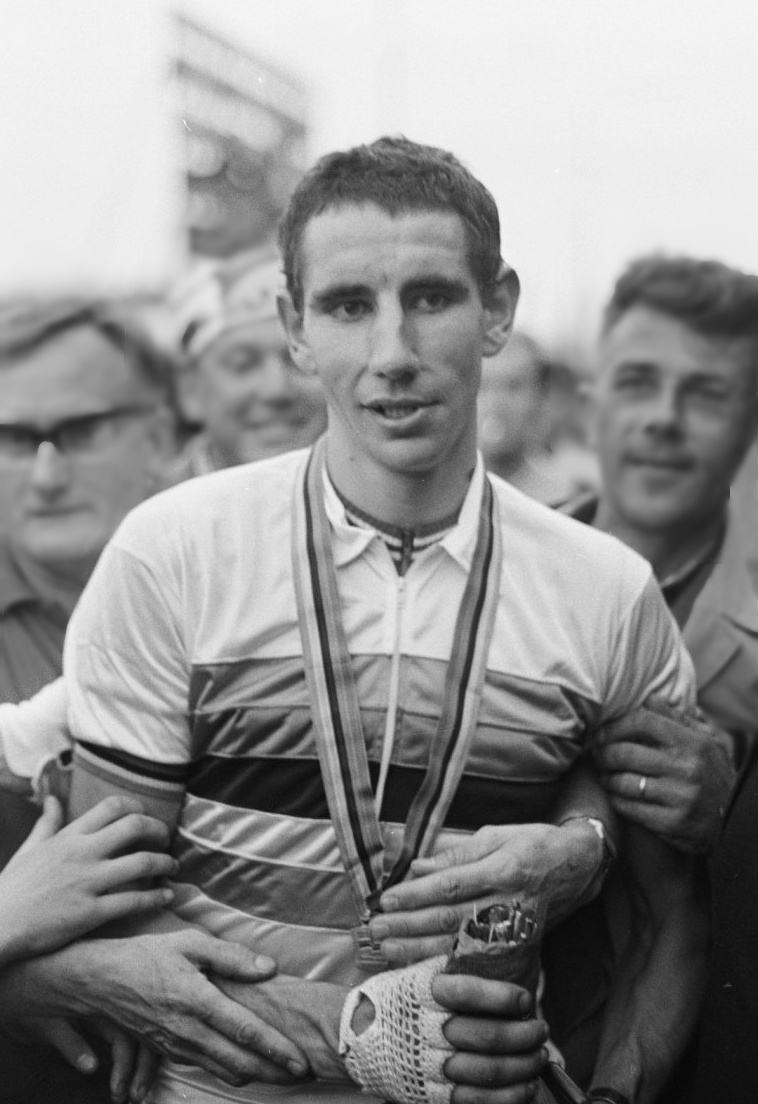
That was the best offer I’d had in my life. Of course, the other English guy and I said we’d come.
Albert did ask for a bit of petrol money from us but that was fine.
The next day we all crammed into the back of a Volvo and off we went with the new World Champion.
On the way there we all chatted, all questions were aimed at Graham, who as it turned out was a really nice guy, he was actually quite shy.
The journey took four or five hours but it could have gone on forever as far as I was concerned.
Eventually we got to the meeting place. a large Parisian building, with a suave gentleman in a blue suit and cravat waiting for us.
It turned out to be none other than Antonin Magne, the Tour de France hero of the 1930s.
The other English guy and I were told to wait by the car while Graham, Albert and Antonin had a few words and photos were taken.
In no time at all we were on our way back home.
The fact that the car broke down in Aalst and we had to get the train back to Ghent was no problem, I’d just had the best day of my life.
* * *
We had the next day off and then it was back to racing.
I can’t remember where this was, but this time I knew what to expect, well, kind of…
I had a cunning plan, I would find out what laps the primes were on and just sit in and go for them. Again, easier said than done.
This time I made sure I was ready for the start and properly warmed up. It still didn’t make much difference because it was still hell for leather, but this time I stayed in the first 20 of the line.
The first prime was on the third lap; with one kilometre to go I went for it.
Head down with an almighty effort, Eddy himself wouldn’t be able to hang on to that effort.
I didn’t turn round, which is a good job because with the line in sight about 20 rider stormed past me and that was just for a prime.
The rest of the race was a blur but, needless to say, I didn’t finish.
Back to the back yard to get changed where they often gave you a bucket of water to wash yourself down.
Then we got a baguette to eat for post-race nutrition and ride back to Ghent.
I used to wonder where I got the enthusiasm from, but I had loads of it.
I had a couple more races then it was back to Manchester.
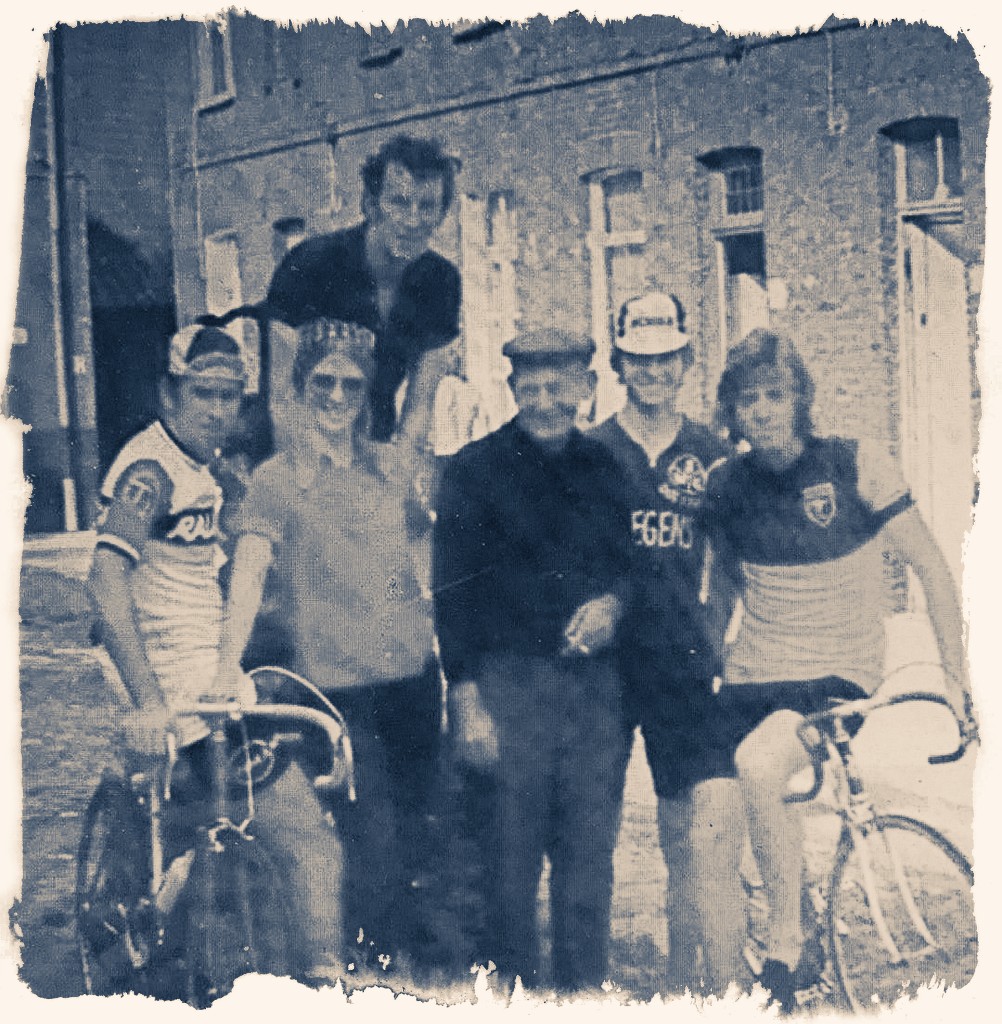
* * *
I did the same the next year then in 1969 I went to Australia for three years, where I raced, met all my Aussie cycling mates and had the time of my life.
I also became a much better rider and learned a lot of bike handling skills into the bargain.
But the Flatlands were still calling…
After living and racing in Melbourne, Australia for three years, I returned to Belgium to complete my master plan of becoming a professional cyclist.
I’d originally wanted to return to Europe via the Munich Olympics but it wasn’t to be.
I returned to Manchester at the end of ‘72 and lived over a greengrocers shop with two Aussie mates, Ian Jackson and Tony Branchflower, both of them loved the city, amazingly. I didn’t.
Whenever I return to the UK, it seems to have a downer on me and I return to having no confidence but perhaps that’s just me?
* * *
In early spring 1973 I set off to Ghent with serious intent.
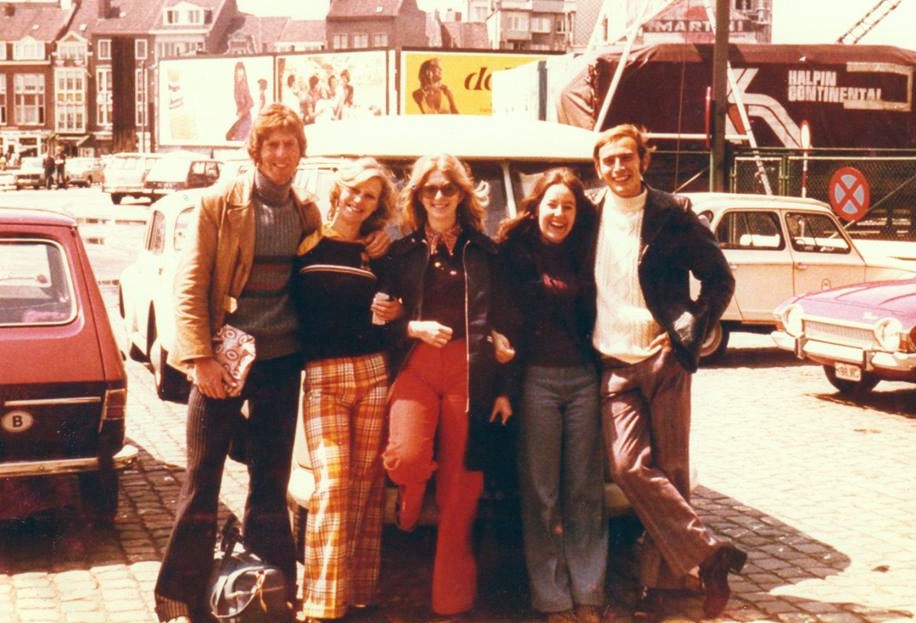
At first I went to Mrs Deene’s B&B which was nice but then Rosa Desnerck (of Plum Vainquer cycle shop fame) told me about properties near Dampoort in Ghent she had to rent.
They were only £2 per week and this sounded great, I couldn’t wait to go and look. Coming from Manchester I’d seen plenty of places like this but not quite in such a state of disrepair.
However, I loved it – except for the outside water pump and five loos at the end of the street which were kind of like traps. You could smell them from 20 paces.
It was off a street of two rows of terraced houses facing each other in a kind of cul-de-sac, ‘two up, one down.’
Aussie professional Dave Watson and his wife Jo were already in there, and within two weeks Jacko (Ian Jackson) moved in with me.
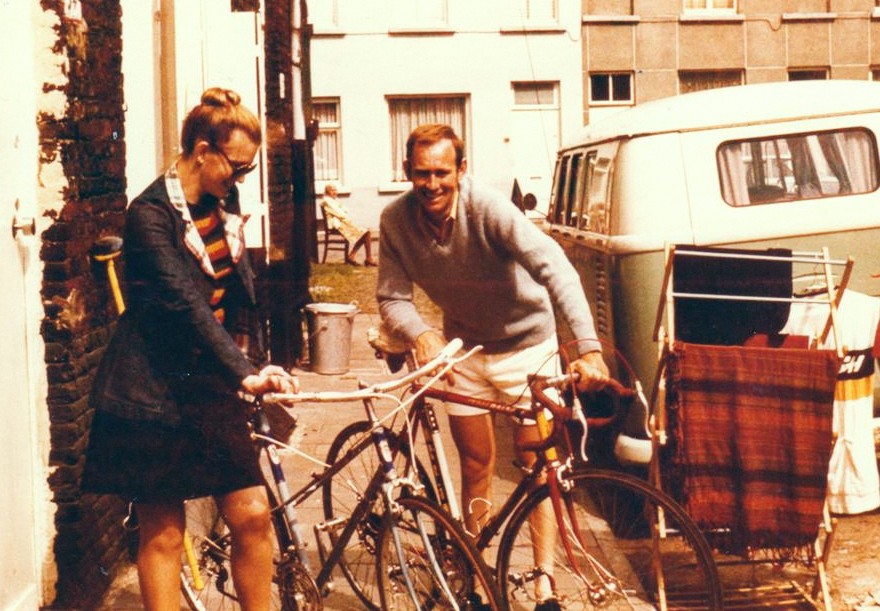
Incidentally, it was the Watsons who introduced me to my future wife. They had worked in Sheffield the previous winter; Jo Watson worked at an estate agents there and invited a couple of girls from her office over. One of them was the beautiful Julia, who I ended up marrying a few years later in Korea.
But back to the legend of the Kazemaatenstraat, commonly known as the Kazemaart.
The first thing to do was to join a club, I forget the name of it but they had black and white jerseys and were sponsored by Tissot. No money changed hands, that was the first free thing I’d got out of my sport – perhaps that first pro contract wasn’t that far away?
We still had no transport out to races but at least I was finishing them now, just not in the first 20 often enough, so money was tight and life was still hard. We only complained on cold rainy days – of which there were quite a few in Ghent.
There was no heating or hot water in the straat, just a bunch of Aussie cyclists who were a bit of a novelty.
You could imagine the conversations between locals;
“I always thought that Australia was a place that thousands of Europeans emigrated to, and here’s this bunch coming over here and living in this shit hole…“
There was an old man called Emile who would translate the local papers for us and tell us where the races were, and if possible which races had the least good riders.
Then there were the local kids who got to know us pretty well, they were lead by Johan, who’s mother had a telephone. We’d give this number to mates who lived elsewhere but would send messages for where to meet them. Johan would come running over with eager news.
* * *
Belgium itself had really likeable aspects; the nice cafés and shops which we would never be able to go into unless we had come at least 13th in a race and treated yourself to a coffee.
The smells of the canals in those days were foul. Wildlife couldn’t live there, many a dead swan could be seen and there were never any fish in the industrial sludge that made up the water, not to mention the sewers.
However it was the bars in the small towns we liked the most; the ones that were HQ for a local race. They would always have postcard size photos of local riders who were deemed good enough to have supporters clubs, Johnny Van Whoever or Patrick De Something. How envious we were.
Upon entering the café you were hit by the cigarette and cigar smoke that mingled with aroma of beer, that’s what I most remember.
All the old guys with their cloth caps and old suits, all had an understanding of the sport that was never a part of the general Aussie or British culture.
It was always a bit of pleasant mayhem; ‘the flavour of Belgium.’
I plodded on for a few more months, getting the odd placing here and there but not enough to actually earn a living.
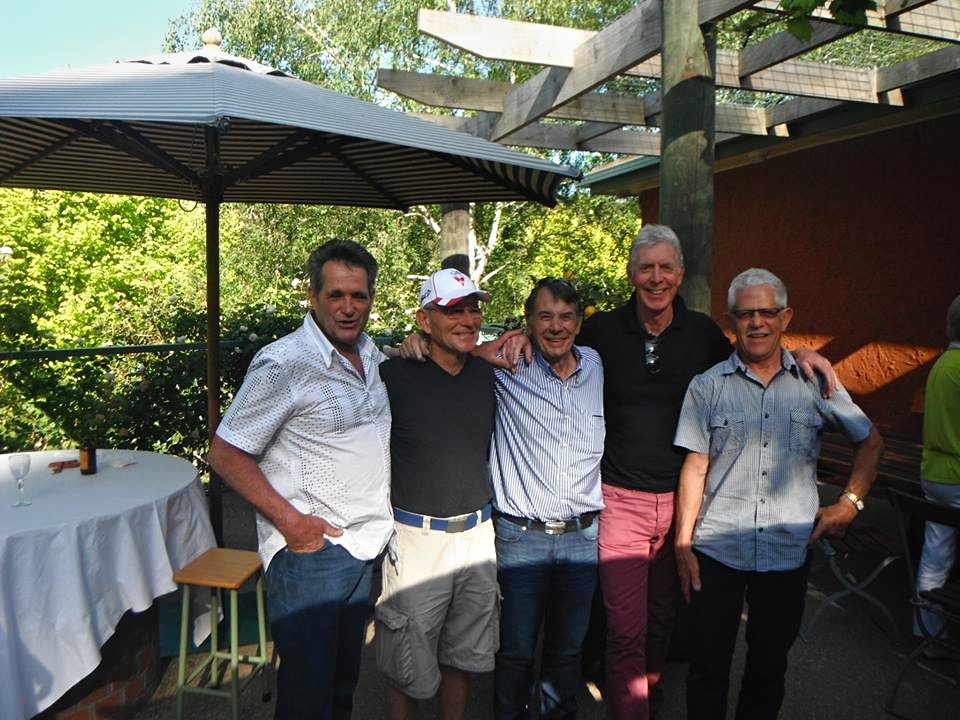
So for a few days per week some of us would get some work as labourers with an agency. The favoured gig was working at the Stella Artois brewery where – apart from the pay we received – we pilfered as much Stella as could fit in our bags. The problem was that all the roads around the factory were cobbled and bottles tend to rattle. Another side effect was deafness – it was so loud in there.
Another job was in an awful factory where we were asked to work in the factory cellar where hot water would drip on us from rusty pipes. When I got home there were burnt holes in my T shirt and scars on my hands and head.
The next day I complained to the agency guy, he shouted at me ‘remember you work for manger!’ I thought that was the name of the Agency.
But it was true, we did ‘work to eat.’
An example of how hard it was just to eat; Jacko would make three days-worth of Spaghetti at a time, however there was no Bolognese sauce – or any kind of sauce for that matter. Just dried Spag and no Bol.
We even hung the tea bags out to dry…
* * *
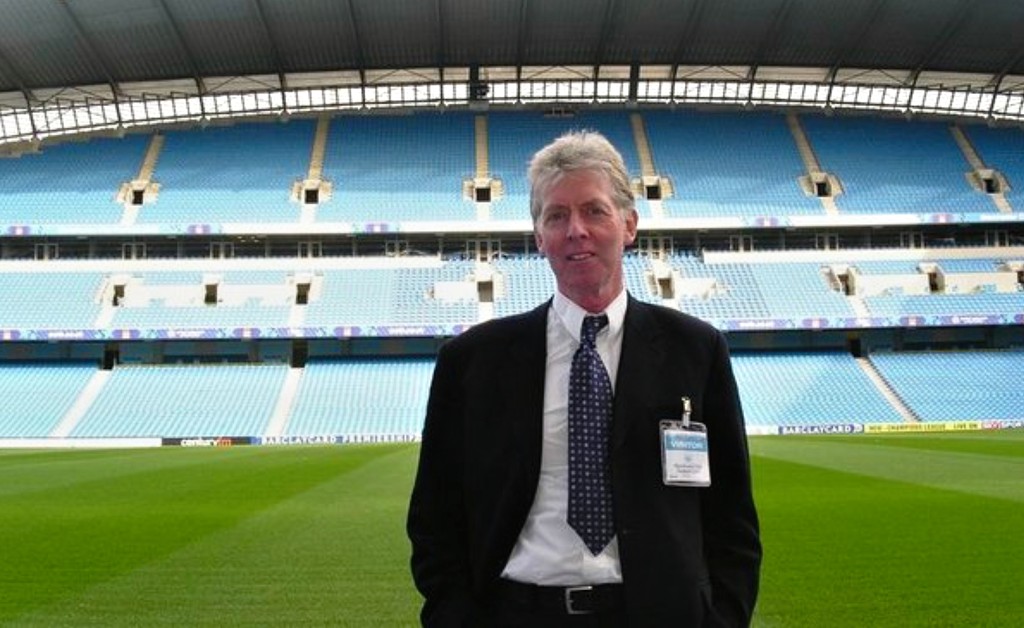
Nowadays Bernie lives and works in the north east of Mallorca, delivering courses and offering sports massage and therapy in oriental methods and acupuncture.



